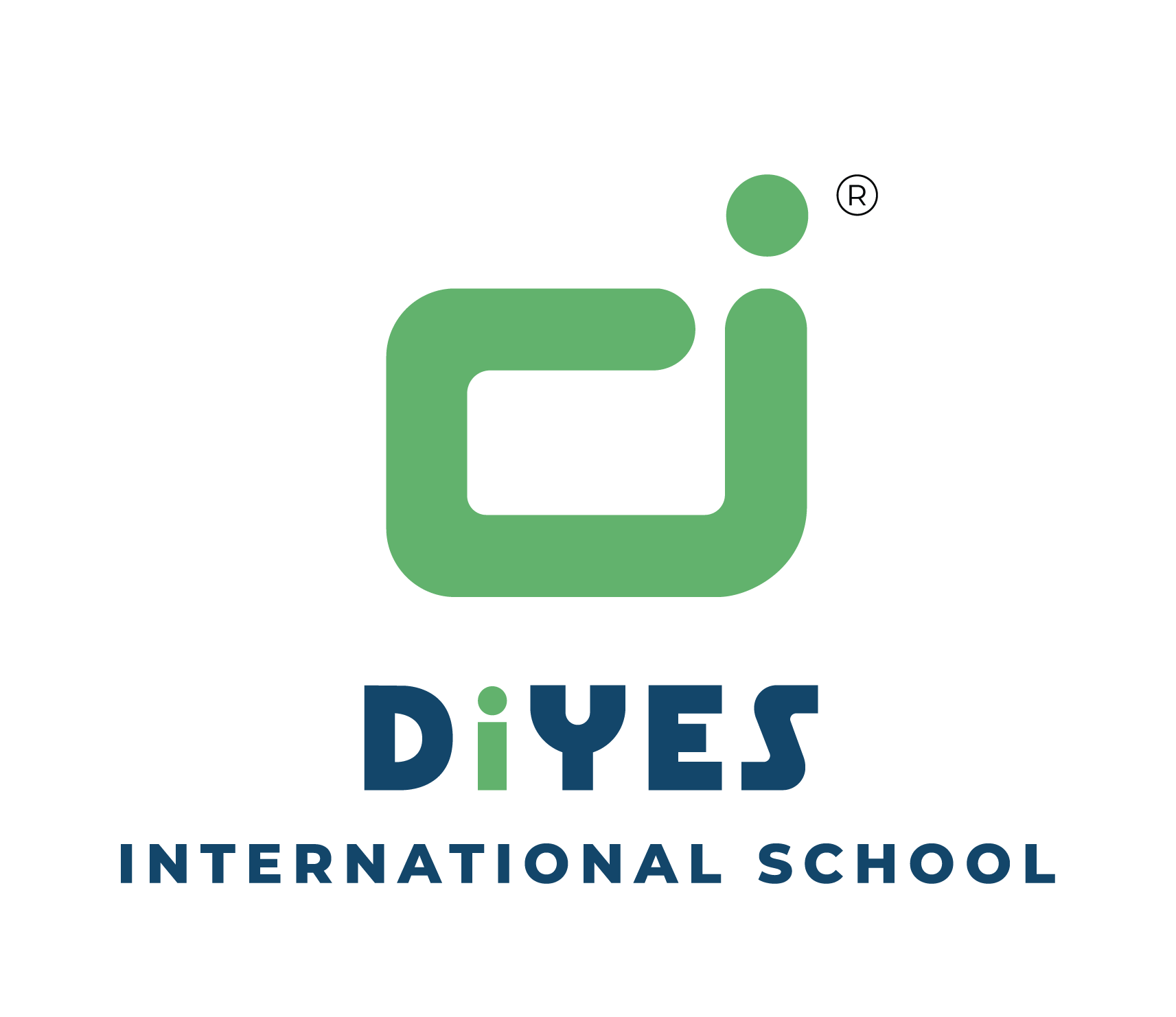In the dynamic landscape of education, innovation continues to play a pivotal role in shaping the way students learn and educators teach. One such transformative approach that has gained momentum is the integration of mind mapping into the educational paradigm. Far beyond being a simple diagramming tool, mind mapping serves as a powerful strategy to enhance learning, nurture creativity, and unlock the full potential of students.

This blog explores the transformative potential of mind mapping in education, transcending traditional note-taking to nurture active learning, the organization of thoughts, and meaningful connections. From techniques unlocking deeper understanding to applications across educational levels and subjects, digital tools, assessment, and reflection, it delves into the multifaceted aspects of mind mapping. The integration of technology, including digital apps and augmented reality, brings an innovative dimension to this creative learning tool.
The symbiotic relationship between mind mapping and creativity unfolds through divergent thinking and artistic expression. Success stories in practice underscore its impact on student engagement and long-term information retention. In essence, this blog portrays mind mapping not merely as a tool but as a dynamic catalyst shaping a vibrant and insightful educational journey.
Unveiling the Power of Mind Mapping in Education
Mind mapping, at its essence, is a visual representation of ideas, concepts, and information that radiates from a central theme or keyword. In the educational context, it serves as a dynamic tool that transcends traditional note-taking, encouraging students to organize thoughts, make connections, and engage in active learning. The visual and non-linear nature of mind maps aligns with the brain’s natural way of processing information, making it an effective technique to enhance comprehension and retention.
Mind Mapping Techniques and Strategies
Concept Mapping for Deeper Understanding: Unlocking the Layers of Knowledge
Hierarchical Structures: Concept mapping is an intellectual journey that delves into the layers of knowledge. Through the creation of hierarchical structures, students embark on a visual exploration, unravelling the relationships between main concepts and their intricately connected subtopics. This method not only aids in comprehending the subject matter on a profound level but also provides a systematic organization of complex information, offering students a roadmap for comprehensive learning.
Visual Learning and Memory Enhancement: Painting a Palette of Knowledge
Colour Coding and Imagery: On the canvas of education, mind mapping becomes an art form, painting a palette of knowledge for visual learners. The infusion of colour coding and imagery into mind maps transforms information into a visually stimulating masterpiece. By appealing to the visual senses, this strategy transcends traditional learning, making information more than just data—it becomes an immersive experience. As students engage with colourful mind maps, the power of visuals takes centre stage, enhancing memory retention and facilitating effortless recall during assessments.
Collaborative Mind Mapping: Orchestrating a Symphony of Ideas
Interactive Group Learning: Mind mapping, in its collaborative essence, orchestrates a symphony of ideas within interactive group learning environments. Students, like harmonious musicians, contribute their unique notes to collectively build comprehensive mind maps. This interactive orchestration represents a synthesis of diverse insights, where each student’s perspective adds a distinct melody to the collective composition. The collaborative nature not only nurtures a sense of shared ownership but also reinforces the principle that knowledge, like music, is most impactful when created in harmony.
Mind Mapping for Creative Expression: The Canvas of Infinite Possibilities
Idea Generation and Innovation: Mind mapping, akin to an artist’s canvas, becomes a boundless space for creative expression. It is the catalyst that sparks the flames of creative thinking and fuels the engine of idea generation and innovation.

As students embark on the exploration of new concepts, the mind map transforms into a dynamic landscape where ideas bloom and innovative solutions take shape. This technique transcends conventional expression, allowing students to breathe life into their creativity in a visually engaging format—a testament to the limitless possibilities that lie within the artistry of mind mapping.
In essence, these mind-mapping techniques and strategies not only amplify cognitive processes but also turn the learning experience into a vibrant and dynamic endeavour. By embracing the hierarchical structures, infusing colour and imagery, nurturing collaboration, and unleashing creative expression, students navigate the educational landscape with a newfound sense of curiosity, depth of understanding, and an artistic flair that transcends traditional boundaries. The mind becomes the canvas, and with each stroke, the masterpiece of knowledge unfolds.
Applications Across Educational Levels and Subjects
Mind mapping, a versatile and creative technique, finds diverse applications across educational levels and subjects. From primary education to higher learning and STEM subjects, mind maps serve as dynamic tools to enhance understanding, nurture creativity, and organize complex information. Let’s explore how mind mapping adapts to different educational contexts, unleashing its potential across the academic spectrum.
- Primary Education:Story Mapping: In language arts, mind maps serve as excellent tools for story mapping. Students can visually outline the plot, characters, and key events, nurturing a deeper understanding of narrative structures.
- Secondary Education:Historical Timelines: Mind mapping is particularly valuable in history classes for creating visual timelines. Students can map out historical events, their interconnections, and the impact they had on shaping societies.
- Higher Education:Research and Thesis Planning: In higher education, mind mapping aids in the research process and thesis planning. Students can outline key research questions, methodologies, and supporting evidence in a visually coherent manner.
- STEM Subjects: Problem-Solving Maps: In science, technology, engineering, and mathematics (STEM) subjects, mind maps are effective for problem-solving. Students can break down complex problems, identify variables, and visualize the step-by-step process of finding solutions.
Mind Mapping Tools and Technologies
In the era of digital learning, mind mapping evolves with cutting-edge tools and technologies, revolutionizing the educational landscape. Digital mind mapping apps provide students with unparalleled versatility and accessibility, enabling collaborative creation and editing across diverse devices. The integration of augmented reality (AR) takes mind mapping to new heights, offering immersive learning experiences through three-dimensional interactions. Let’s delve into the tech-infused realm of mind mapping tools, where innovation meets the art of visualizing ideas and knowledge.
- Digital Mind Mapping Apps:Versatility and Accessibility: Digital mind mapping apps offer versatility and accessibility. Students can create, edit, and collaborate on mind maps using various devices, promoting flexibility in learning environments.
- Augmented Reality (AR) Mind Mapping: Immersive Learning Experiences: The integration of augmented reality into mind mapping brings about immersive learning experiences. Students can interact with three-dimensional mind maps, enhancing engagement and understanding.
Mind Mapping for Assessment and Reflection
In the realm of education, mind mapping transcends its role as a creative learning tool to become a dynamic instrument for assessment and reflection. Through formative assessment, educators utilize mind maps to delve into students’ comprehension levels, gaining valuable insights by analysing the visual structures and content.
Additionally, mind mapping becomes a medium for reflective learning, empowering students to map out their personal goals, achievements, and areas for improvement. This dual application transforms mind mapping into a versatile ally, not only assessing understanding but also nurturing self-awareness and personal growth among learners. Let’s explore how mind mapping becomes a bridge between evaluation and self-reflection in the educational journey.
Formative Assessment:

Understanding Progress: Educators can employ mind maps as formative assessment tools to gauge students’ understanding of topics. Analysing the structure and content of mind maps provides insights into comprehension levels.
Reflective Learning:
Personal Growth and Self-Reflection: Mind mapping serves as a medium for students to engage in reflective learning. They can map out personal goals, achievements, and areas for improvement, nurturing self-awareness and personal growth.
Mind Mapping and Creativity: A Symbiotic Relationship
Embarking at the juncture where education meets creativity, mind mapping emerges as a catalyst for unleashing and nurturing imaginative prowess. This symbiotic relationship unfolds through divergent thinking, as mind maps become gateways to exploring myriad perspectives and ideas, nurturing a creative mindset that transcends academic boundaries.
Furthermore, the visual nature of mind maps opens avenues for artistic expression, allowing students to seamlessly integrate visual elements into their creations. This creative symbiosis extends its influence beyond the classroom, shaping not only academic endeavours but also influencing various facets of life. Let’s delve into the enriching connection between mind mapping and creativity, where the boundaries of conventional thinking are pushed, and innovation takes centre stage.
Creativity Unlocked:
Divergent Thinking: Mind mapping stimulates divergent thinking, encouraging students to explore multiple perspectives and ideas. This nurtures a creative mindset that extends beyond academic settings to influence various aspects of life.
Artistic Expression:
Visual Art Integration: The visual nature of mind maps allows students to integrate artistic elements. This not only enhances the aesthetic appeal but also provides a platform for artistic expression and individuality.
Mind Mapping in Practice: Success Stories
Embarking on the practical realm of mind mapping, success stories underscore its transformative impact on student engagement and information retention. Through interactive learning environments, educators have witnessed a surge in student participation and collaboration during mind-mapping sessions. These success narratives highlight not only the immediate benefits of enhanced engagement but also the enduring effects on long-term information retention.
As we explore these success stories, it becomes evident that mind mapping is not just an educational tool but a dynamic catalyst for enriching the learning experience and nurturing a deeper understanding of diverse subjects.
Enhancing Student Engagement:
Interactive Learning Environments: Educators share success stories of increased student engagement through interactive mind-mapping sessions. Students actively participate, collaborate, and contribute to creating comprehensive mind maps.
Improved Information Retention:
Long-Term Retention: Mind mapping has been shown to improve long-term information retention. Students recall information more effectively when it is organized in a visually meaningful way, aiding in exam preparation and beyond.
Conclusion: Nurturing Minds through Mind Mapping
In conclusion, the integration of mind mapping into education represents a paradigm shift in how students engage with information and express their creativity. Beyond being a pedagogical tool, mind mapping cultivates critical thinking, organizational skills, and a love for learning. The visual and interactive nature of mind maps aligns seamlessly with the evolving needs of 21st-century education.
Moreover, as students embark on a journey of self-discovery and knowledge acquisition, mind mapping serves as a versatile companion. Its adaptability across diverse educational levels and subjects, coupled with the integration of digital tools and collaborative strategies, positions mind mapping as a transformative force. The symbiotic relationship between mind mapping and creativity, evidenced by enhanced problem-solving and artistic expression, reinforces its role as an indispensable asset in shaping well-rounded individuals. In nurturing reflective learning, aiding in research endeavours, and amplifying engagement, mind mapping stands as a beacon guiding students toward holistic growth and a future where learning is both insightful and enjoyable.
At DiYES International School, we recognize the transformative potential of mind mapping in nurturing the minds of our students. Our commitment to providing innovative and holistic educational experiences extends to leveraging tools like mind mapping to enhance learning and nurture creativity. By actively participating in the educational journey at DiYES, students not only gain knowledge but also develop the cognitive skills essential for success in an ever-changing world.
For those eager to explore educational opportunities that prioritize creativity, critical thinking, and holistic development, DiYES International School invites you to connect with us directly at +91 8547609000 or explore our website at www.diyesinternational.edu.in.


